What to See and Do in Dubrovnik (and what to skip).
Known as the “Pearl of the Adriatic”, Dubrovnik is the most popular tourist destination in Croatia. It’s a beautiful city of medieval walls, fortresses and palaces in a dramatic location looking out over the Adriatic Sea.
But Dubrovnik is not a place where you want to linger too long: it’s expensive (more expensive than anywhere else in Croatia) and honestly you can visit the main highlights within a couple of days.
So what should you prioritize during your visit? In this post I cover what to see and do in Dubrovnik and also cover what you can skip. I’ll also give you tips on saving money.
The ¨Must¨ Sees and Dos in Dubrovnik
1. Walk the City Walls
This is without a doubt the highlight of Dubrovnik just because it allows you to see the city from atop the city walls. And since the city walls follow a circuitous route around the old town, it means that you can see the entirety of the historic center from this vantage point. You’ll also get great views of the sea and its islands and the range of mountains skirting the coast. Incredible panoramas.
The walls were originally built in the 13th century while under Venetian rule. But they were greatly expanded in the 15th and 16th century when Dubrovnik became an independent maritime empire that rivalled that of Venice. It’s during that period that the high walls that you see today were built.
The cost? It depends on the season. The cost for an adult in the regular season (March 1 – October 31st) is 35 Euros. In low season (November 1 – February 29) it is 15 Euros. I’ve always said it: winter is a good time to visit Dubrovnik. Where to buy your tickets? You can buy it at any of the 3 city wall entrances OR at the ticket office near the Pile Gate OR you can buy them online here.
NOTE: very important. St. Lawrence fortress (also called Lovrijenac) is included with your City Walls Ticket. I would recommend you visit the walls and then the fortress.
Practical Information: Count on a couple of hours to walk the walls. As I say, it is the highlight of Dubrovnik so take your time. Best time? It depends on the season but generally early morning is best for the light.
2. St. Lawrence fortress (Lovrijenac)
This fortress is outside the walls of the old town and was built (in the early 11th century) to protect the city from the invasion of the Venetian empire.
It is impressive in its location: on a rocky promontory overlooking the sea. You have to climb about 200 steps to get up to the fortress. Inside you’ll see cannons, tunnels and great views of everything: the old city, the sea and the mountains.
NOTE: as mentioned above, the fortress is included with your City Walls Ticket. Count on about 30 minutes to explore it.
3. The Pile Gate
You’ll most likely go through this gate whether you intend to or not – it is the main gate to the Old city of Dubrovnik. It can actually be a bit of a bottleneck in the summer when the city is full of tourists.
As mentioned above, the walls and gates of Dubrovnik (including St. Lawrence fortress) were built up when Dubrovnik (officially the Republic of Ragusa) gained its independence from the Kingdom of Venice in the 15th century. That includes the Pile Gate – an incredibly impressive gate accessed through a drawbridge that actually includes 2 gates: the visibly large exterior gate and a smaller interior gate that leads directly to the Stradun, the main street in Old Dubrovnik.
NOTE: FREE, it’s a public gate leading into the city. Outside the Pile gate you’ll find taxis and a bus stop and you can also walk to the St. Lawrence fortress which is a few minutes away.
4. The Stradun
The main street in the old town which spans 300 meters from the Pile gate (on the western side of the city) to the Ploče gate (on the eastern side).

Many of the city’s main attractions are along this short stretch: The Great Onofrio Fountain, the Franciscan Monastery, the Sponza Palace and the Church of St. Blaise. I cover them below.
You’ll also see shops, cafés and restaurants lining the Stradun. But just know that this is the most expensive street in Dubrovnik.
The highlights along the Stradun:
The Great Onofrio Fountain
In the mid-15th century Dubrovnik was a main trading port but the thing it lacked was drinkable water. So the authorities hired an architect from Naples named Onofrio della Cava to bring water into the city. He did: building a 15 km aqueduct from the Dubrovacka River to this spot. The Great Onofrio Fountain has 16 “masks” from which water flows. To this day you can come here with your water bottle and fill it up with clean drinking water. The Fountain is also a main meeting point for people.
FREE
The Franciscan Monastery
Built in the 14th century, Dubrovnik’s Franciscan Monastery is one of the city’s highlights. Inside it houses a beautiful Gothic courtyard, a library with historical volumes and the third oldest pharmacy in the world.
Note: It costs 6 Euros to visit the monastery. I would not pay that. Instead, buy the Dubrovnik Pass which lets you see many of the city’s highlights for 40 Euros for a daily pass or 50 Euros for a 3-day pass (those are high season prices, in winter those are 15 Euros and 25 Euros respectively). The Pass includes the city walls and St. Lawrence fortress (which cost 35 Euros by themselves in high season) so buying the Pass to see all the other sites that Dubrovnik has to offer is absolutely worth it. I would recommend getting the 3-day pass which I think is the ideal amount of time in Dubrovnik.
The Sponza Palace
A gorgeous Palace that was built in the early 1550’s. It was a very important building in Dubrovnik and has served as the mint, the treasury, and the armoury.
You don’t have access to much when you visit the building which is unfortunate (it’s FREE though). When we visited there was a photo gallery dedicated to defenders of the city who died in the 1991 war against the Serbs and Montenegrins.
You can’t miss the building, it is located in the eastern corner of the Stradun near the bell tower. The architecture is very impressive and if you’ve ever been to Venice you’ll be reminded of the city when studying its architecture.
Church of St. Blaise
This church, right across from the Sponza Palace, is one of the most beautiful buildings in Dubrovnik. The Church is dedicated to Dubrovnik’s patron saint, Saint Blaise of Sebaste, a Christian bishop.
Originally a Romanesque style church stood in this spot. It burned down in 1706. One of the only objects from that fire saved was a silver statue of Saint Blaise. They started on a new church right away, this one constructed in Baroque style by a Venetian architect.
In front of the church is Orlando’s Column, a column/statue erected in 1418 dedicated to armoured knight Orlando who (according to legend) fought off invaders and helped Dubrovnik remain an independent city.
Entrance to the church is FREE.
5. The Rector’s Palace
We’re now just slightly off the Stradun. The Rector’s Palace is a gorgeous building built in the late 15th center that was the administrative centre of the Dubrovnik Republic. The Rector presided here, keeping an eye on the city. The position of Rector seems a strange one; they had one-month terms and were usually old men chosen by their ability to ‘tow the line’. Most of their duties were ceremonial.
Today the Rector’s Palace contains the Cultural History Museum which is included in the Dubrovnik Pass. If you don’t have a pass, you’ll pay 15 Euros to see the museum (I don’t recommend that, honestly not worth 15 Euros). If you do have the pass, come in for a look.
6. Dubrovnik Cathedral
Dubrovnik Cathedral was built between 1671 and 1713 as a substitute for a previous Cathedral that was destroyed in the earthquake of 1667.
Visiting the Cathedral is FREE. I’ll be honest – it’s pretty average as far as Cathedrals go…
7. St. Ignatius Church
Named “Dubrovnik’s most beautiful baroque complex” by some, this is a beautiful church dating back to 1725 (when it was completed). There’s a large baroque staircase that leads to it from the streets of the center below (that starts very close to the cathedral).
FREE and should be visited.
8. The Dominican Monastery
It is the oldest monastery in Dubrovnik dating back to 1225. A beautiful cloister is the highlight. It also contains a lot of art including some famous paintings. Is it worth visiting? Well, it is not included in the Dubrovnik Pass but they give you a 20% discount if you do have the pass, making the cost 4 Euros/pp (without the pass it is 5 Euros). We enjoyed it but have read a lot of reviews saying that it is too expensive for what it is.
9. The Ploče gate
I’ve previously mentioned the Pile Gate on the western side of Dubrovnik’s Old Town – on the Eastern side lies the Ploče gate. Just like the Pile Gate, it is an impressive Gate featuring a drawbridge and an inner gate to repel would-be invaders. But besides the gate itself, the walk from the gate up to the Stradun gives great views over the harbour, the medieval walls, and the outside of the Dominican Monastery.
FREE…and a “must-do”.
10. Srd Hill and the Cable Car
Taking the Cable car up Srd Hill is something people like to do. I’m of two minds about it.
At 27 Euros/pp for a return trip I think it is too much for what it is. I actually think it’s one of Dubrovnik’s biggest rip offs: It’s 3 ½ minutes up, you’ll walk around for 20 minutes (there’s nothing really interesting up there except for the views looking down), and then you’ll come down. Not worth it.
I suggest you hike up. Take your time, enjoy the views. Even if you don’t make it up all the way up you’ll still get fantastic views.
11. Walk the Old Town
Once you’ve seen the highlights I’ve listed above, walk the little side streets of the Old Town. There’s lots of charming alleys with little bars, cafés and restaurants.
12. The Other “Dubrovnik Pass” attractions
I’ve mentioned that you can save money getting the Dubrovnik Pass and I covered some items that are included in the Pass: 1) The City Walls, 2) St. Lawrence fortress, 3) the Franciscan Monastery, 4) the Cultural History Museum at the Rector’s Palace.
But there are other attractions that are included. I haven’t been to any of these but I looked them all up and am giving you a description as well as their rating on Trip Advisor (maybe worthwhile for a rainy day?)
Vlaho Bukovac House 4.5
(House of renown Croatian painter Vlaho Bukovac where you see his paintings and sketches. Located in Cavtat outside Dubrovnik)
Maritime Museum 3.5
(By the harbour, the museum contains what one would expect in a Maritime museum – replica ships, cannons, lanterns, ship gear, etc).
Ethnographic Museum 3.5
(The scientific description of peoples and cultures with their customs, habits, and mutual differences).
Dubrovnik Natural History Museum 3.0
(Collections of insects, fish, algae, birds, rocks and minerals of Dubrovnik area)
Dulcic Masle Pulitika Gallery 2.5
(Small gallery with art by 3 Croatian artists)
Other things to do in Dubrovnik: Go to Lokrum Island for sunbathing, kayak (there’s a rental spot at the little beach just below St. Lawrence fortress).
Practical Tips on Dubrovnik
How long to stay in Dubrovnik? I recommend 3 nights. I love Dubrovnik for its history and wonderful old town but if you want to experience the islands and beaches then I recommend other places that are substantially less expensive than Dubrovnik. Nearby Montenegro and Bosnia and Herzegovina also have some incredible attractions. See this post: The Best of Croatia (and around) Itinerary
Accommodation: Casa Arancia is good value (but you have to go up some steps to get there). If looking for an apartment, Apartment Cativla is great. Hotel Excelsior is an excellent high-end hotel. Just know that accommodation in Dubrovnik can be quite expensive, especially during the summer when tourists flock to the city.
Getting There. Dubrovnik is a 4 hour bus ride from Split. The bus station in Dubrovnik is impractical, being situated a 10 minute ride out of the Old Town. Taxis will overcharge, expect to be quoted about 12 Euro into town. Or you can take a bus right outside the station on the main street – buses 1a, 1b, and 3 go to the Pile Gate and cost about 2 Euros. Air: Dubrovnik has a rather large airport (code DBV) due to its popularity.
Dubrovnik Pass. I´ve mentioned above that the Dubrovnik Pass will save you money. You can get a day pass, a 3-day pass or a 7-day pass. In my opinion, a 3-day pass is ideal.
Food. we saved money by cooking (restaurants in Dubrovnik are very expensive). There’s a Konzum grocery store tucked away near the Cathedral.
Organized Tours. Recommended: An inexpensive walking tour of the city. Many people base themselves in Dubrovnik and take day trips. At the top of my recommendations is a day tour to Kotor, Montenegro (have a look at this post). This tour will take you to both Kotor and Perast. A 2nd recommended tour is to Mostar and the Kravica Waterfalls (both situated in Bosnia & Herzegovina). This tour will take you there.
Thinking of renting a car? Not useful in Dubrovnik itself but the best way to explore the region. We use Booking.com.
Related: The Best of Croatia in 7 Days
Related: The Most Beautiful City in the World? Our candidates…and winner




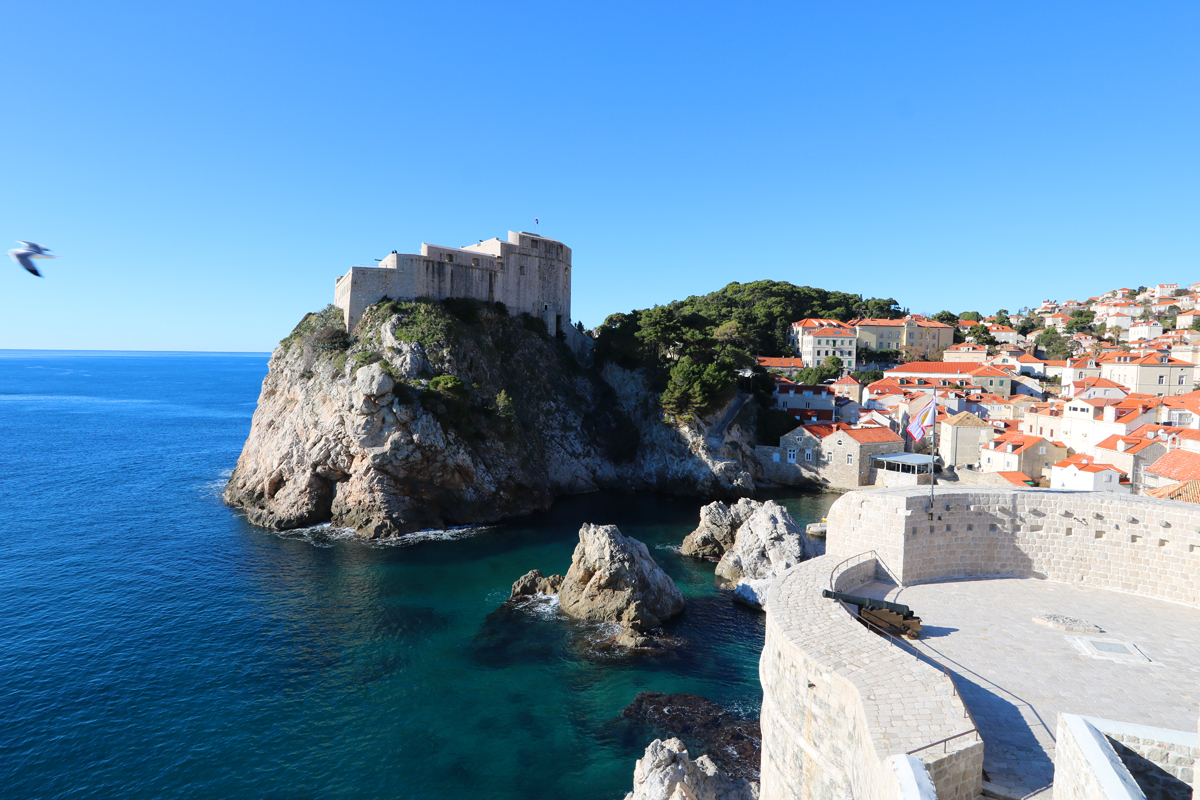



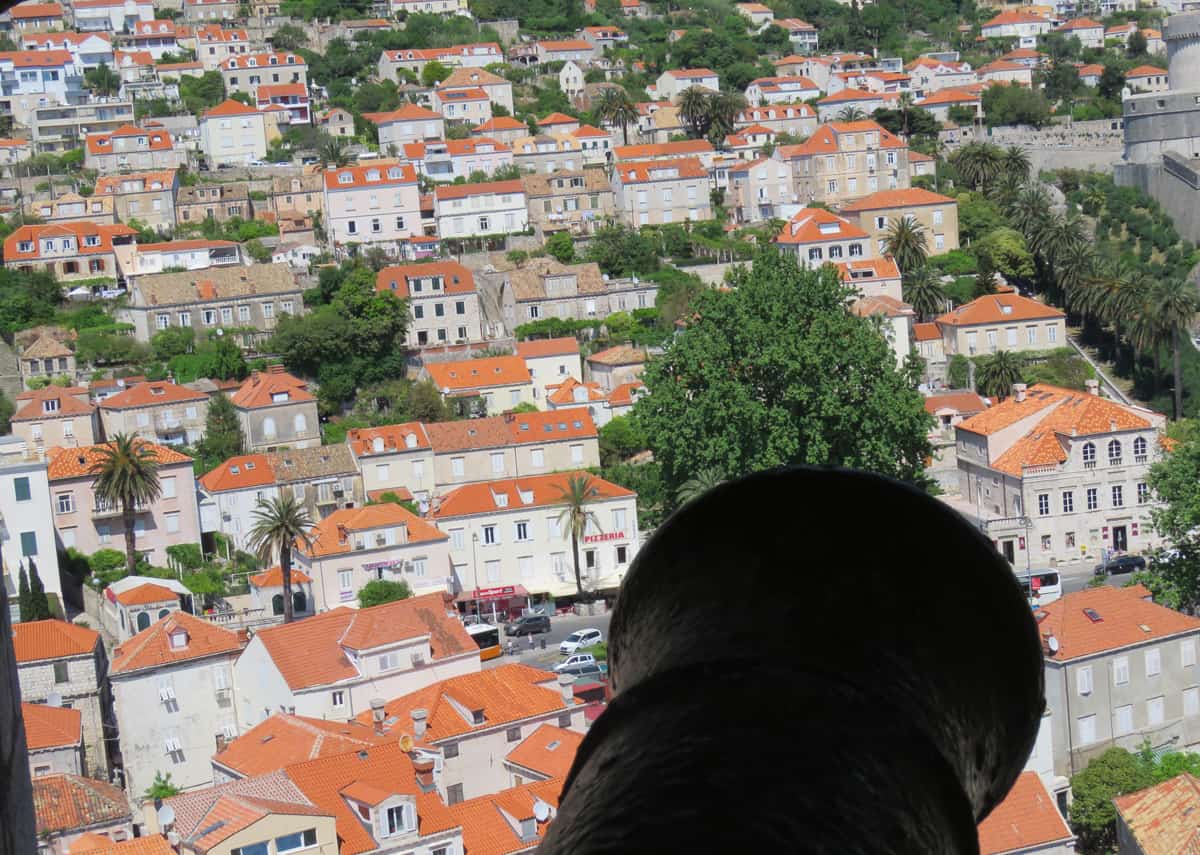

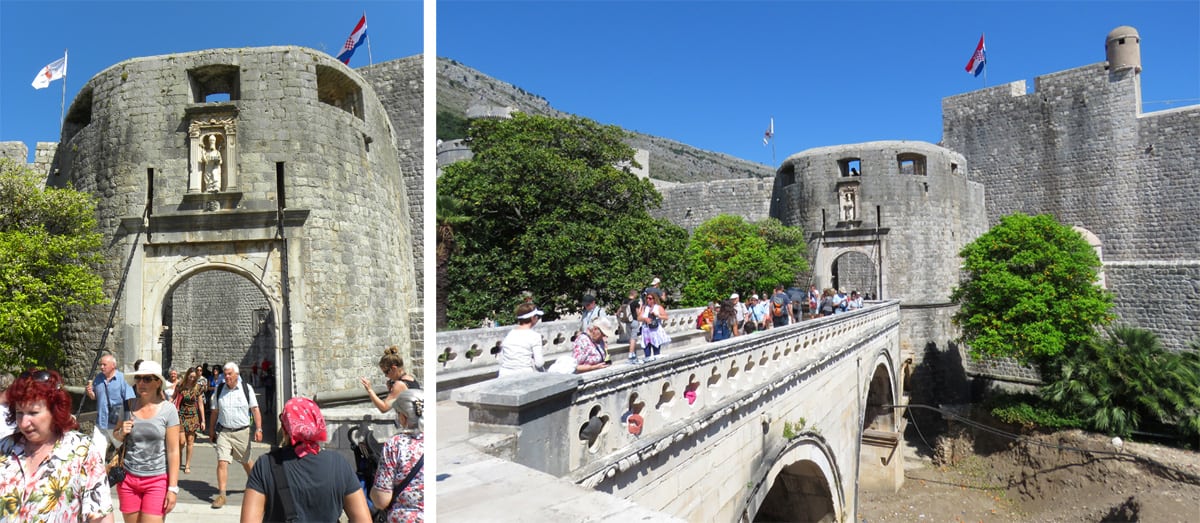
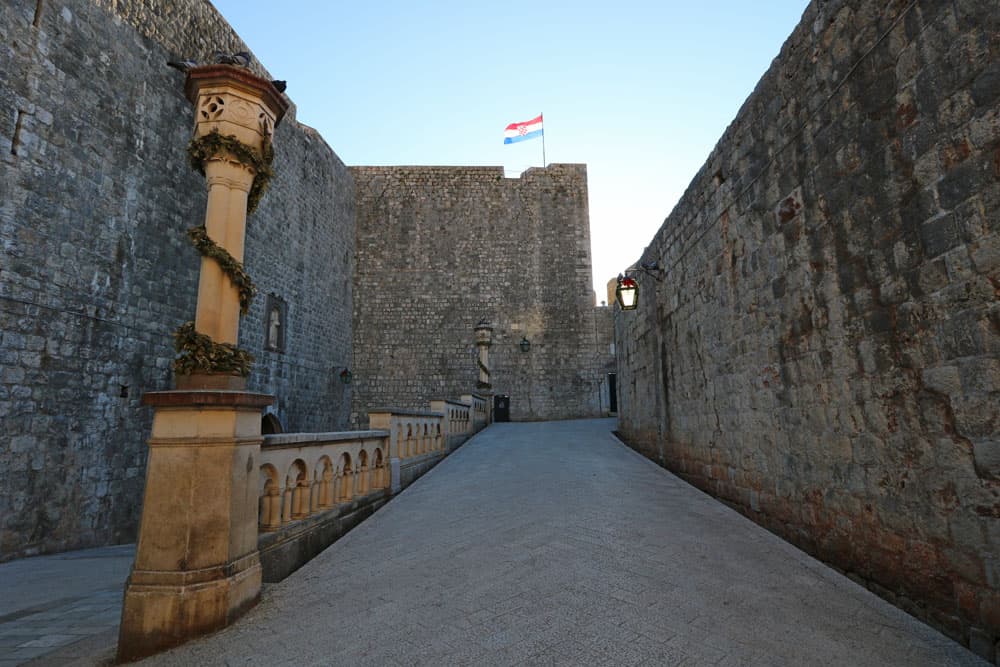

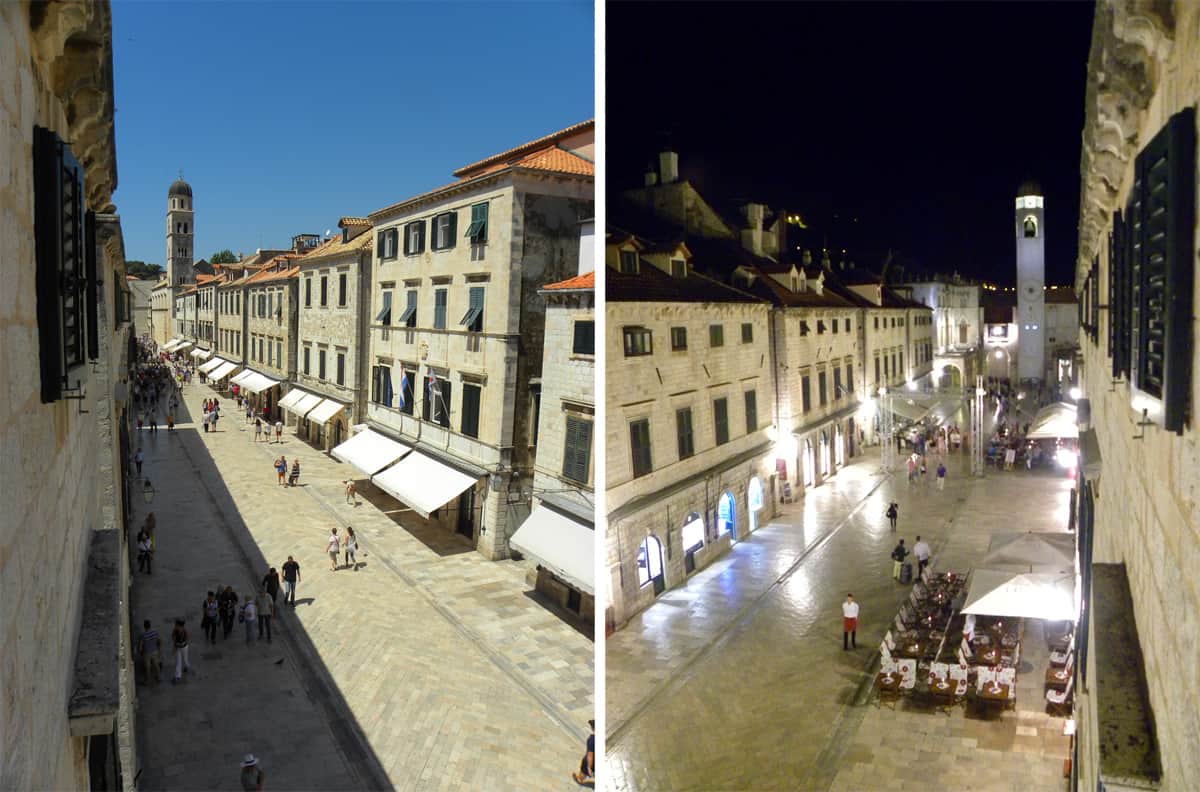


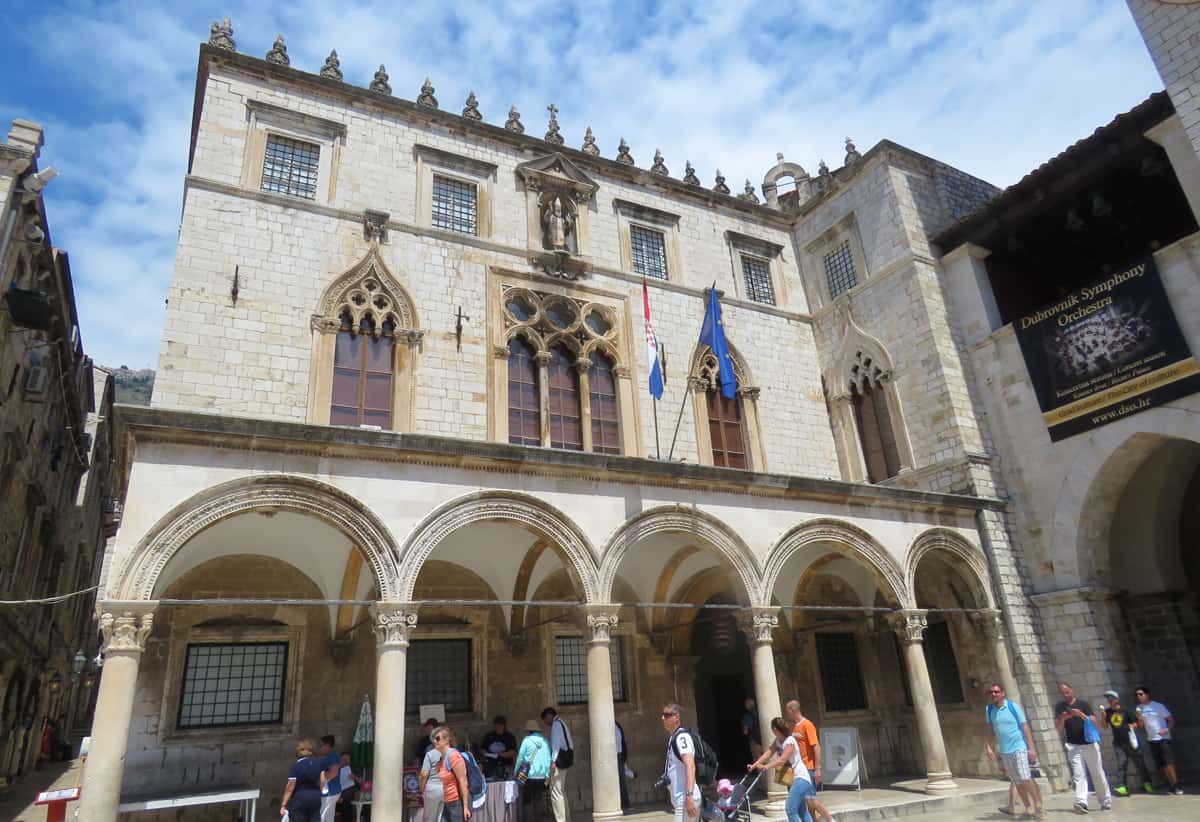











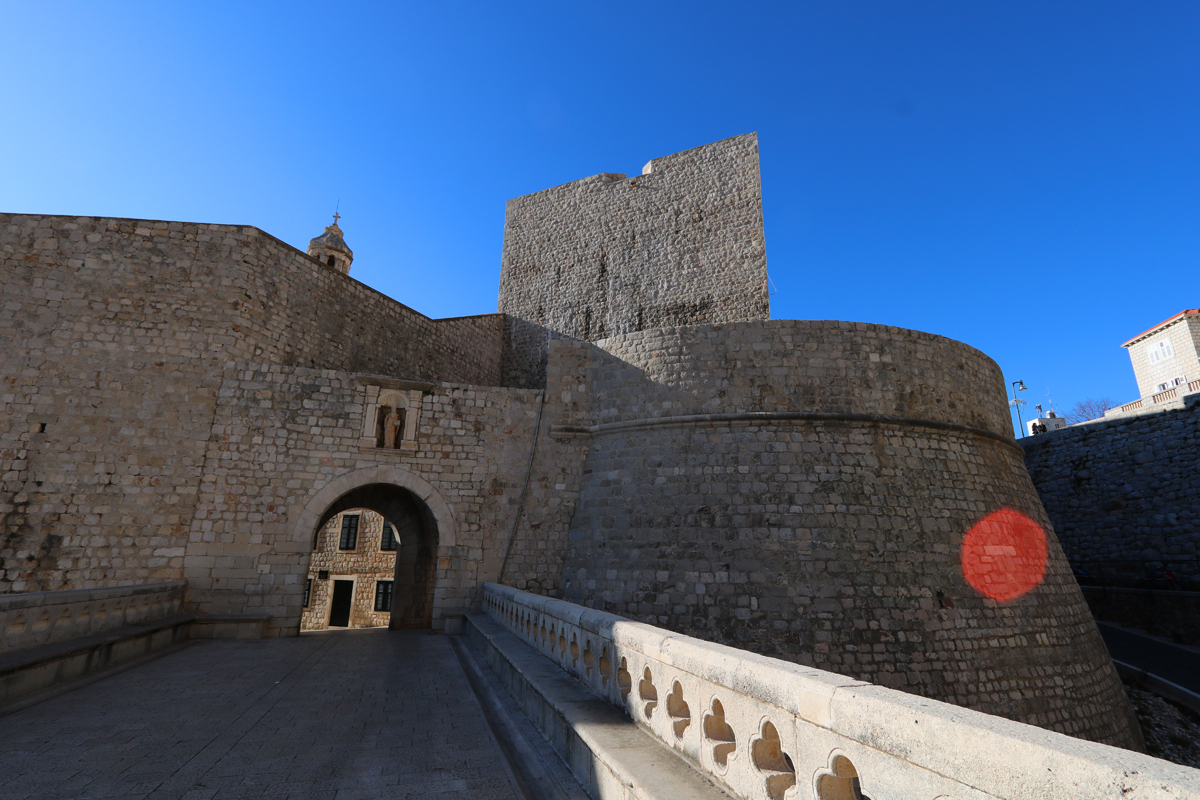








Leave a Reply